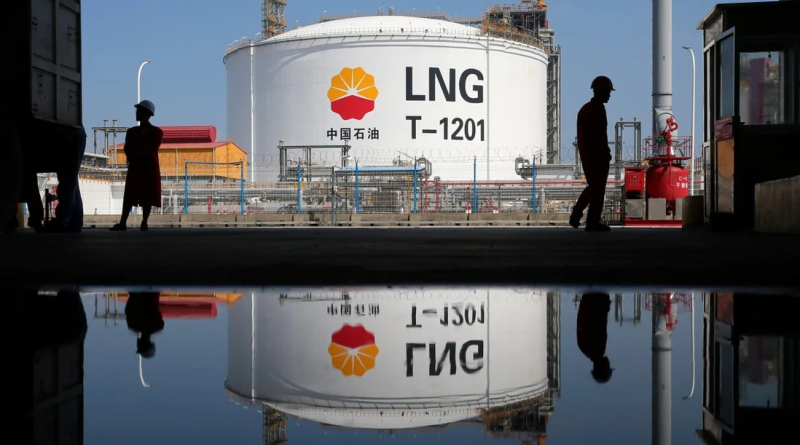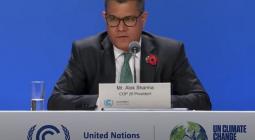State-backed PetroChina wants renewable energy to account for half its total output by 2050, as it reports biggest profit in seven years

China’s biggest oil producer will tap wind, solar and geothermal resources as it steps up efforts to help the country cut emissions
It reported net profit of US$14.53 billion for 2021, thanks to a rise in international energy prices and a recovery in China’s economy
China’s largest oil and gas producer, PetroChina, said it plans to have renewable energy account for half of its total output by 2050 as the state-backed company reported its biggest profit in seven years.
PetroChina will tap into the wind, solar and geothermal resources of its main production and exploration regions as it steps up efforts to help the country achieve net-zero emissions by 2060, chief financial officer Chai Shouping said at an annual results media briefing on Thursday.
“By 2035, we strive to have oil, gas and new energy to each contribute one third of our total output, and by 2050, new energy and conventional energy will each make up half of our production,” said Chai.
He said PetroChina has commissioned 39 low-carbon and carbon reduction projects spanning renewable energy, hydrogen and carbon capture and utilisation.
PetroChina reported net profit of 92.17 billion yuan (US$14.53 billion) for 2021, more than quadruple last year’s and its biggest since 2014, thanks to a rise in energy prices in the international market and a recovery in China’s economy.
PetroChina proposed an annual dividend of 0.227 yuan per share, or 41.5 billion yuan in total, representing a payout ratio of 45 per cent.
PetroChina’s results were “solid”, and “2022 should be even better, with higher commodity prices,” Sanford Bernstein analysts led by Neil Beveridge wrote in a report after the results came out on Thursday.
“Dividend yield of 7 per cent is good but with payout [of] only 45 per cent, there is still room for improvement.”
PetroChina has set a target for the carbon dioxide emissions of its own production activities to reach a peak by 2025, and to achieve “near zero” emissions by 2050, said Chai.
Author: Martin Choi and Eric Ng






